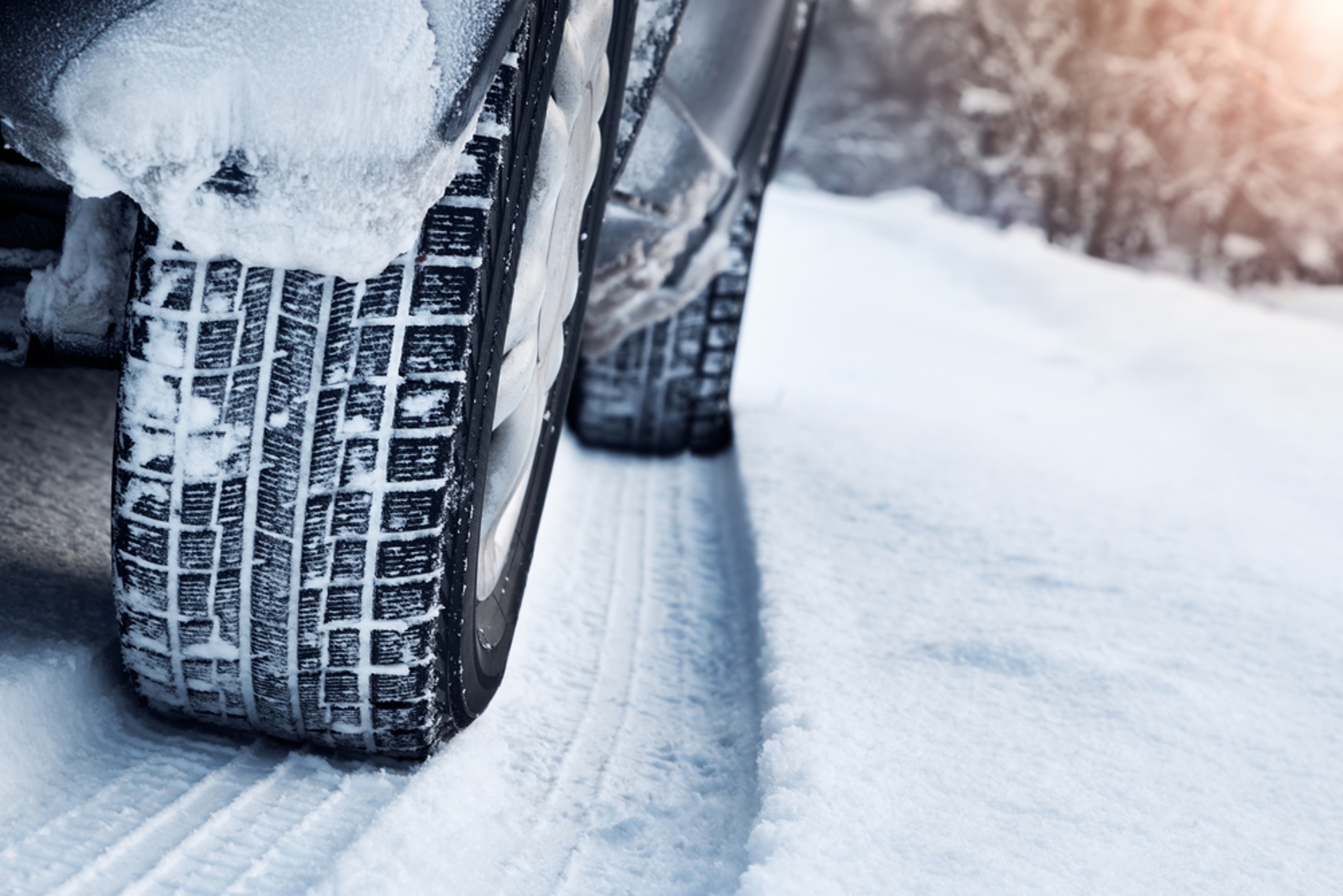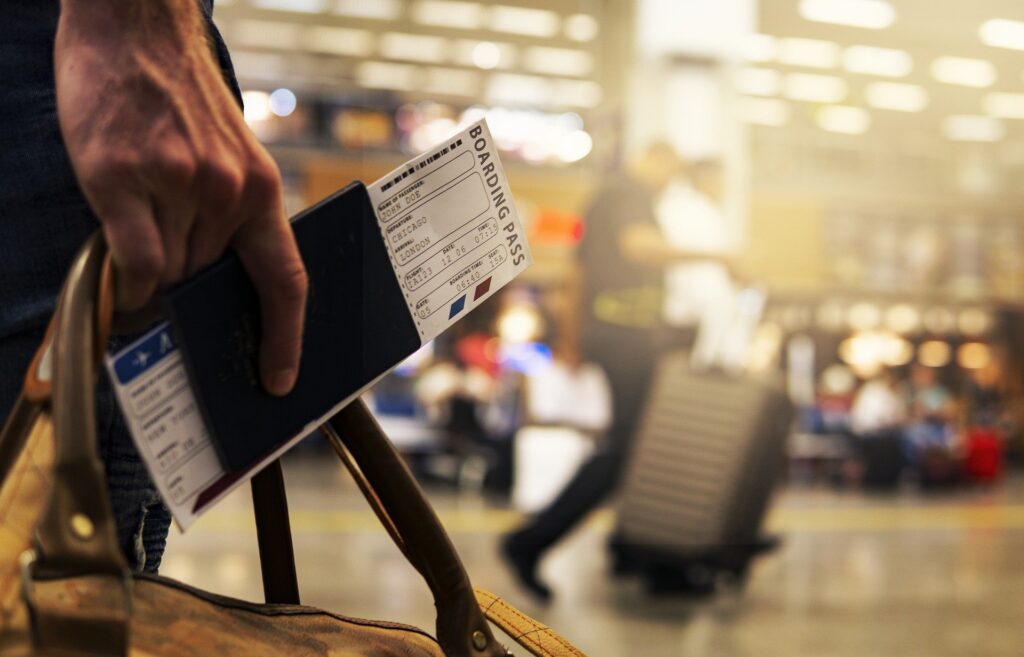On November 1, the situational winter tire obligation comes into force. From then on, all vehicles need the right tires in winter conditions.
The law on the situational winter tire obligation stipulates that from November 1 to April 15 of the following year, in winter road conditions such as, in particular, snow road, slush, or ice road, the vehicle may only be operated if winter tires are fitted to all wheels.
Only tires with the following markings may be used as winter tires: M+S, M.S., M&S, M/S, or a snowflake symbol. All-season tires also have this marking. “These symbols guarantee that the tires are suitable for special use on winter roads,” explains Erich Groiss, technical coordinator at ARBÖ.
Whether it becomes a classic winter tire or an all-season tire, the minimum tread depth of 4 millimeters for radial construction applies to both types. Furthermore, all four mounted tires must be winter or all-season tires. Approximately four years is the healthy lifespan of winter tires – depending on mileage and driving profile. “With this rule of 4, you’re on the safe side as far as winter tires are concerned,” Groiss continues.
Anyone who ignores the winter tire requirement accepts the risk of severe penalties: in extreme cases – in the event of endangerment – the executive can impose fines of up to 5,000 euros during a traffic control. Problems with the insurance company are also expected if a traffic accident occurs in winter driving conditions and no winter tires are fitted to the vehicle. The liability insurance can make recourse claims, and the own comprehensive insurance may not pay the damage. ARBÖ legal expert Mag. Martin Echsel recommends: “It is essential to comply with the winter tire obligation, as this can easily avoid legal problems.”
Another critical point is the storage of the tires; also, here, there are some things to consider. Before storing the summer tires, the tires should be checked for damage and the tread depth measured. New tires should be purchased next spring if the profile approaches the legally prescribed minimum depth. The tires are best stored in a dry, shady place. Tires mounted on a rim should be stored hanging or lying on a pallet, ventilated. If they are kept upright, so-called “punctures” may occur.
- source: heute.at/picture: Bild von andruxa20147 auf Pixabay
This post has already been read 1309 times!



